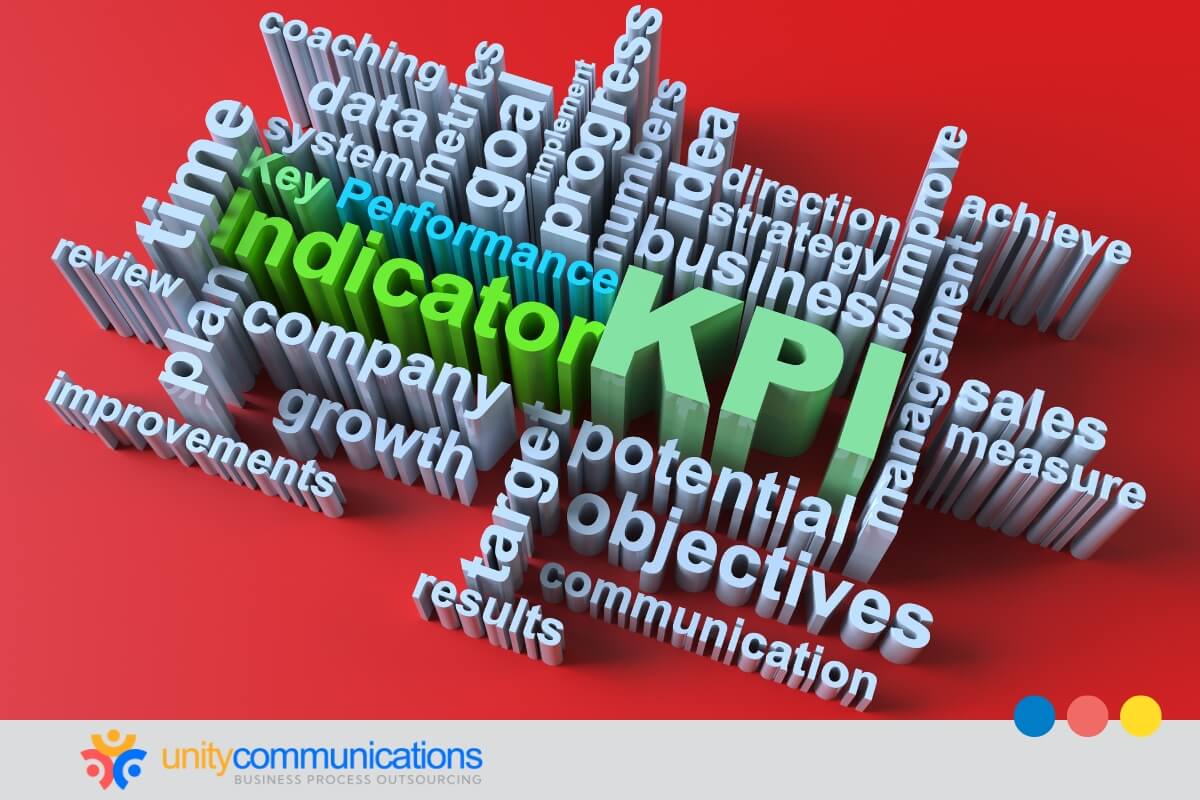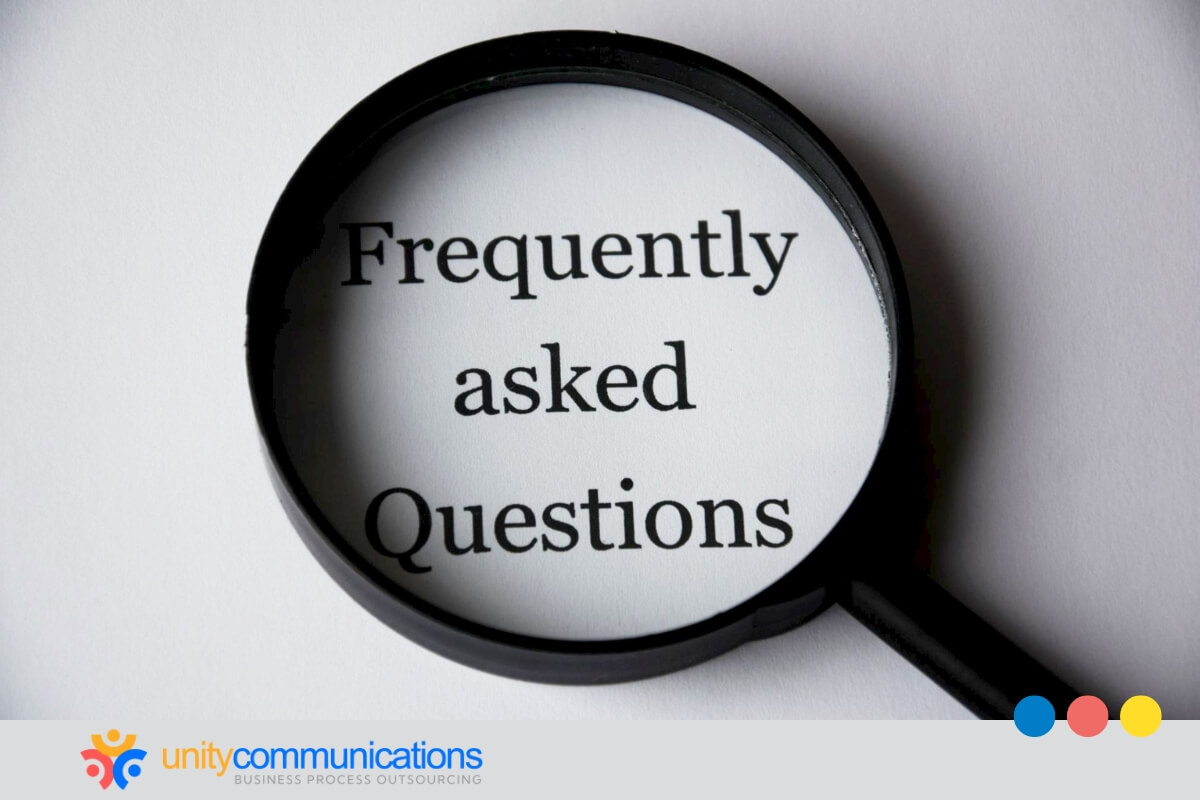Table of Contents
Shifting responsibilities from one external service provider to another can disrupt workflows, delay deliverables, and expose systems to risk. In business process outsourcing (BPO), these transitions are even more complex and demand careful planning. However, you can maintain stability and minimize disruption with the right strategy.
This guide reveals 10 proven vendor transition strategies in outsourcing that protect your operations, maintain service quality, and ensure seamless handovers. You’ll discover actionable frameworks industry leaders use to transform potentially disruptive transitions into competitive advantages.
1. Build a clear transition plan and timeline

Successful transitions begin with structure. Without a defined transition plan, the shift from one vendor to another risks delays, confusion, and operational stalls. Create a structured plan that includes:
- Set realistic deadlines and phase gates.
- Define measurable key performance indicators (KPIs).
- Build in time for knowledge transfer.
- Schedule regular check-ins and feedback loops.
- Align milestones with desired business outcomes.
Every transition plan should assign ownership. Clarify roles and responsibilities so team members know where to focus. This minimizes duplicated efforts and keeps communication concentrated on what needs attention when.
Use a detailed request for proposal (RFP) to define expectations early, set the stage for vendor alignment, and help project leads plan around vendor capabilities, system requirements, and business timelines. A clear roadmap helps the transition process align with business priorities, resource availability, and stakeholder expectations.
2. Choose the right vendor for operational fit and scale
What is BPO, and why does vendor compatibility matter during transitions? Outsourcing involves delegating specific business functions to third-party providers. The global BPO market could reach $525 billion by 2030, highlighting the growing demand for cost-efficient, scalable solutions.
However, selecting the right outsourcing partner is vital to maintain operational stability during transitions. Evaluate the following:
- Technical proficiency. Do they have the tools and capabilities you need?
- Cultural fit. Do their values align with your internal teams?
- Scalability. Can they support growth and adapt to evolving needs?
Effective communication channels and transparent processes are necessary to ensure alignment. Early setup helps a successful transition and cuts disruption risks. Integrating vendor transition strategies in outsourcing means that the chosen service provider can meet demands, supporting continuous improvement and long-term growth.
3. Structure contracts to support continuity and growth
Strong contracts form the backbone of vendor transition strategies in outsourcing. When agreements reflect operational priorities, business continuity improves during a vendor shift. Misaligned terms can delay deliverables or impact service delivery. Precise alignment upfront prevents these friction points.
Set contract terms around how teams work, not just what vendors offer. Match performance expectations with your internal workflows and resource availability. Add flexibility to revise terms as needs change. Ensure your agreements:
- Link vendor KPIs to business impact metrics.
- Include clauses for early conflict resolution.
- Tie service levels to department requirements.
- Allocate time for onboarding and knowledge transfer.
- Build flexibility into renewal and expansion terms.
Thoughtful clauses and smart structuring make transitions less disruptive. The correct details help vendors plug into your systems without stalling momentum. This upfront work supports planning and execution to help ensure a smooth transition.
4. Execute data and system transfers with zero downtime
Data migration and system handovers play vital roles in vendor transitions. They minimize downtime and errors when implemented with strong vendor transition strategies in outsourcing.
Effective communication is essential for a smooth migration process. The more information you can share between teams, the better the results will be. This allows everyone to align on expectations, deadlines, and technical requirements. Follow this phased migration approach:
- Prepare for testing and validation before the complete handover.
- Establish clear timelines for each migration phase.
- Collaborate closely with internal teams for smooth integration.
- Assign dedicated support teams to troubleshoot throughout the migration.
Transition, including clear stages and dedicated resources, helps reduce risks. By planning the migration in phases, you can identify issues early and prevent costly delays.
5. Align and train teams to embrace the transition

Internal communication shapes how smoothly employees adapt to vendor shifts. Ongoing messaging keeps teams aligned and reduces the friction tied to new vendor systems or unfamiliar workflows.
Training should be conducted early and follow a schedule. Workshops, documentation, and on-demand support can help users become comfortable with new tools or processes. Deploy comprehensive training using this framework:
- Offer role-specific training tied to updated workflows.
- Share frequently asked questions (FAQs) and internal communication briefs regularly.
- Host vendor-led walkthroughs for complex systems.
- Assign internal champions to support peer learning.
- Track training gaps and update materials on demand.
- Conduct readiness assessments before each training phase begins.
Clear plans for knowledge transfer help bridge the old and new. When employees know what’s changing, when it’s happening, and how it could affect their roles, they develop confidence and support quicker adaptation.
6. Phase in and integrate new systems seamlessly
Switching vendors affects workflows. A phased rollout guided by vendor transition strategies in outsourcing reduces disruptions and builds internal readiness. Teams benefit when systems go live gradually, giving everyone time to adjust.
Each phase should focus on compatibility across systems, teams, and data structures. Test critical functions in parallel environments to identify integration issues, performance mismatches, or data loss risks before fully retiring legacy platforms. For smoother integration:
- Map dependencies to catch system conflicts early.
- Use sandbox environments to test configurations.
- Match vendor timelines with internal release cycles.
- Provide layered access to avoid bottlenecks.
- Track performance data through each integration stage.
- Document integration steps for future transitions.
Workflows stay more stable when technical teams from both parties collaborate and align configuration standards early. Strong documentation and joint checklists help validate progress without overloading internal staff.
7. Monitor transition performance and track KPIs
Performance tracking isn’t just a formality. It acts as a safeguard. Vendor transition strategies in outsourcing must include tools that catch service gaps, missed milestones, or misaligned deliverables before they snowball. This helps teams respond quickly rather than react under pressure.
Yet many organizations lack proper oversight. A recent study found that companies manage only 33% of third parties. Even more concerning, 63% report staff shortages, while 37% rely on small, overextended teams. These gaps leave transitions exposed to delays and missed benchmarks. Set up dashboards to monitor:
- Uptime and availability during early handover phases
- Resolution speed for vendor-raised incidents
- Alignment of deliverables with contract milestones
- Onboarding and training progress for impacted teams
Robust performance tracking turns transition risk into manageable insight. Monitoring the right metrics and addressing gaps early can facilitate smoother vendor handovers and protect long-term service quality.
8. Identify and reduce transition risks early
The focus on resilience is growing. According to Deloitte’s 2023 Global Third-Party Risk Management Survey, 32% of companies now view continuity and resilience as significant risks. This highlights the increasing concern around third-party disruptions. Start by identifying weak points in the transition.
Typical issues include unclear ownership, timeline slips, and limited access to accurate documentation or tools. Assign backup resources, segment tasks, and add check-ins at each phase to address potential issues as they surface. Build resilience through systematic risk planning:
- List vendor and internal system dependencies.
- Document key risk scenarios and contingencies.
- Assign fallback leads for time-sensitive tasks.
- Review gaps before each stage.
- Run drills on disruption response.
Vendor shifts expose employees to delays, missed deliverables, communication breakdowns, and service gaps. Vendor transition strategies in outsourcing must include practical ways to reduce those risks before they affect operations.
9. Ensure compliance throughout the transition

Vendor transition strategies must focus on compliance at every stage to avoid disruptions caused by overlooked requirements or legal missteps. Regulatory checks are essential for seamless transitions.
Start by mapping the governance requirements relevant to your organization and the BPO vendor (or other external partner). Identify areas where compliance might be vulnerable during handovers. Address potential gaps early by aligning policies and setting clear guidelines for compliance at every transition phase. To maintain alignment:
- Define the necessary regulatory requirements from the start.
- Clarify internal policies to prevent misalignment.
- Set clear compliance checks at transition points.
- Collaborate with legal teams for continuous oversight.
- Review and update compliance processes regularly.
- Audit compliance at each phase to verify adherence to regulations and internal standards.
Shifting from one third-party BPO provider to another requires careful attention to legal, regulatory, and internal policy alignment.
10. Conduct post-transition reviews and optimize
Post-handover evaluation helps teams identify what worked, what didn’t, and how to adjust for future transitions. Vendor transition strategies must include space to reflect, document lessons, and recalibrate processes for smoother shifts in the future.
Start reviews once the transition stabilizes. Gather insights from stakeholders and cross-functional teams. This helps to overcome surface bottlenecks while experiences remain fresh. For continuous improvement:
- Debrief internal and vendor teams after final handoff.
- Collect input from business units impacted by the change.
- Document wins and missed expectations.
- Build transition scorecards tied to business impact.
- Update playbooks to reflect new insights and improvements.
A thoughtful post-transition review helps capture lessons, correct gaps, and lay the groundwork for smoother future handovers.
Together, these 10 vendor transition strategies ensure continuity, reduce risk, and turn complex provider changes into opportunities for long-term operational improvement. The companies that learn fastest from their transitions are the ones that turn every handover into a competitive advantage for the next one.
The bottom line
Successful vendor transitions require more than good intentions. They demand proven strategies, structured processes, and expert execution. Companies that invest in structured approaches protect their operations while gaining competitive advantages through improved vendor relationships and optimized processes.
Minimizing disruption during vendor transitions doesn’t happen by chance. With a detailed plan, the right partner, and a proven process, your organization can switch providers confidently.
Unity Communications helps businesses like yours manage smooth vendor transitions from start to finish. Let’s connect to explore how we can reduce delays, avoid service gaps, and strengthen your operations.




